SUMMARY
This is AI generated summarization, which may have errors. For context, always refer to the full article.
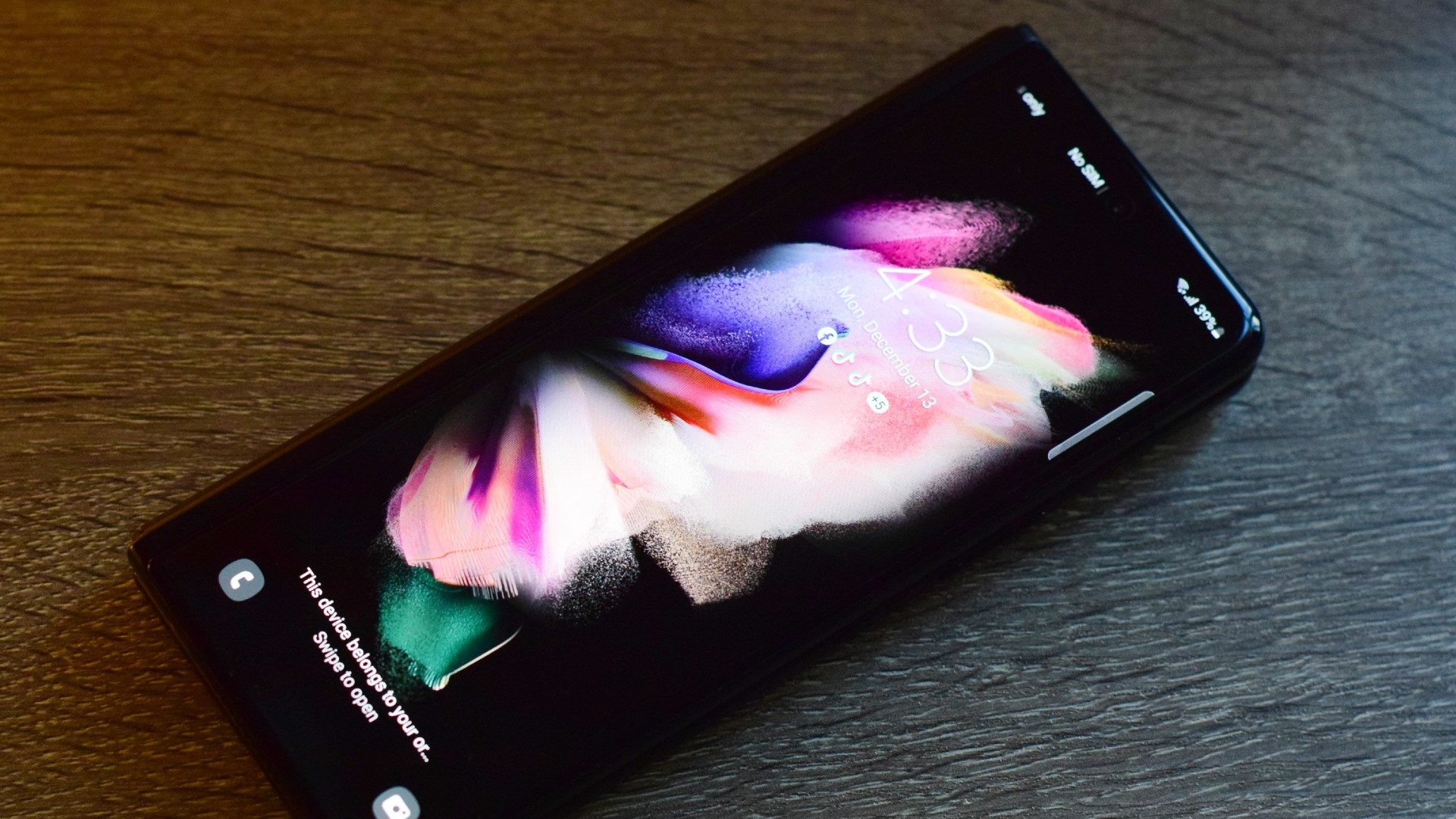
(Disclosure: Samsung lent a unit for purposes of this article.)
The Samsung Galaxy Z Fold3 5G is currently recognized as the best foldable phone. Of course, there’s currently no real direct competition to the device, given that Huawei and its Mate X phone was forced to bow out of this particular contest following the US sanctions in 2019. OPPO and Xiaomi are on the way with their own takes on the foldable.
Samsung, I would say, has made good use of its time while facing no real challenger.
Many reviews have been written about it since its launch in August, and I agree with many of the points. It offers significant key upgrades while slightly lowering the price – although it still carries quite the extravagant price tag. Here are those upgrades that I liked:
A water-resistant foldable
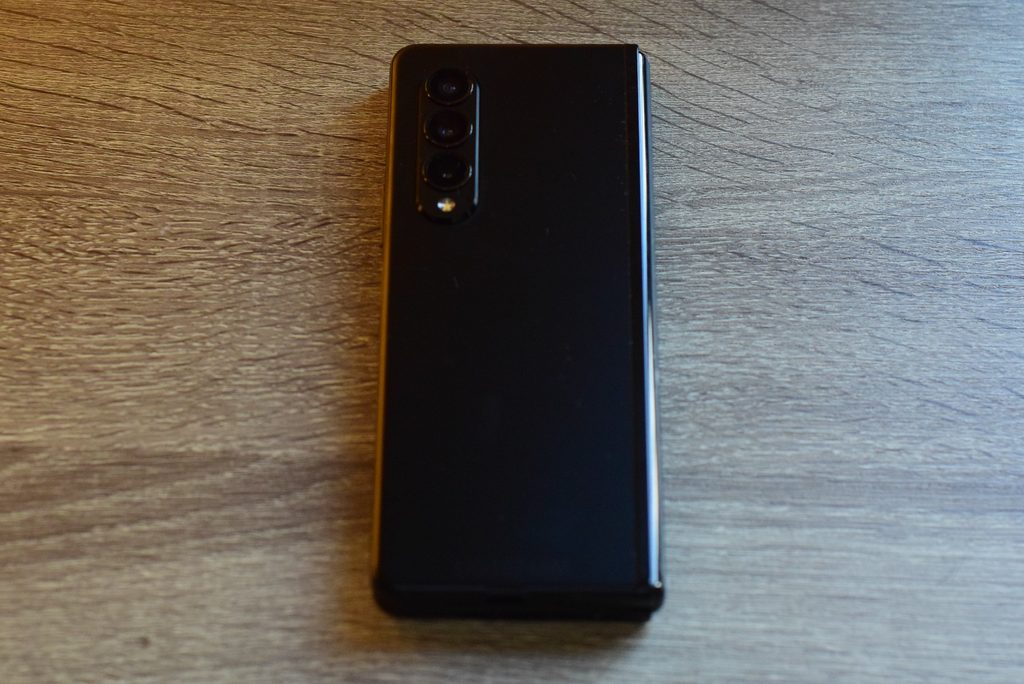
Water resistance was one of the big questions in my head when foldables started coming in. How were they going to protect the insides when the folding mechanism itself provides too many openings for water to come in. But that was the big problem solved by Samsung for this year’s folding phones.
Like the Z Flip3 5G, they used compounds that sealed the connections between the two phone “slices” and used a form of lubricant for components that can’t be sealed. I didn’t test the water resistance just to be safe from liabilities but I would assume that official store-bought units would have some sort of guarantee for users.
I feel like it’s a key development for the Fold3 given that durability has been something that foldables are trying to prove, and giving this some measure of water resistance (depths of 1.5 meters for 30 minutes) helps advance that. While Samsung showed off improvements in their design of the sweeping mechanisms that help keep dust from entering the folding spine area, the Fold3 still doesn’t have enough protection to be given a dust-resistance rating, so you still have to be very careful if you’re at the beach and be mindful of particles that might be able to get in.
Giving the next iteration a dust protection rating would be a good next step.
The screen becomes more seamless
An early issue with the Fold phones was the crease in the middle of the phone when it is flexed open. It seems to be an issue that Samsung is constantly improving on. The first Fold, among other creasing issues, had quite the visible line. It didn’t render the phone unusable but you could see it there. I noticed the Fold2 had made this center line less visible. The Fold3 again sees an improvement.
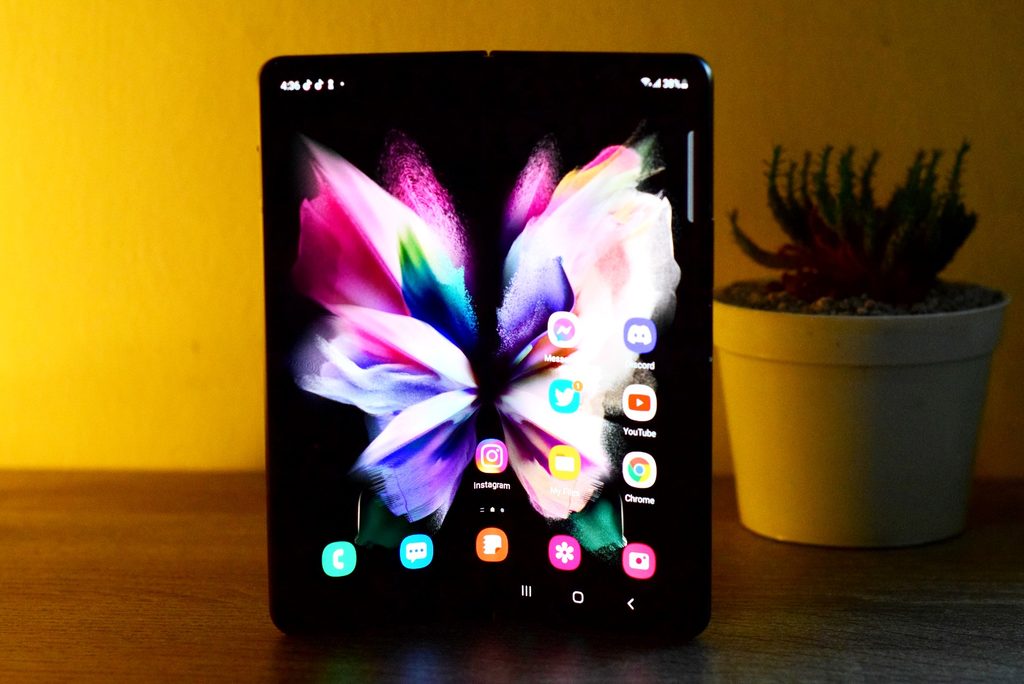
When viewing content, it’s only when you tilt the screen at an angle, to the side, that the line shows itself. It looks softer and more subtle. It’s not 100% invisible, but more than ever, it looks more like the screen of a flat, traditional, line-free tablet. The under-display selfie camera helps too. You can still spot it, and it appears as a sort of tiny criss-crossed segment on the upper right, but it all but disappears when you’re browsing on Chrome or watching Netflix content.
The browsing experience
The Chrome experience on the Fold3 is much closer to the desktop version, as the tabs now fully appear on the top section, allowing you to switch tabs as if you were browsing on a full-sized computer. It’s simply easier to browse with such a set-up as opposed to the classic Android way of pressing the tab button to show you the tabs you have opened.
YouTube on Flex mode
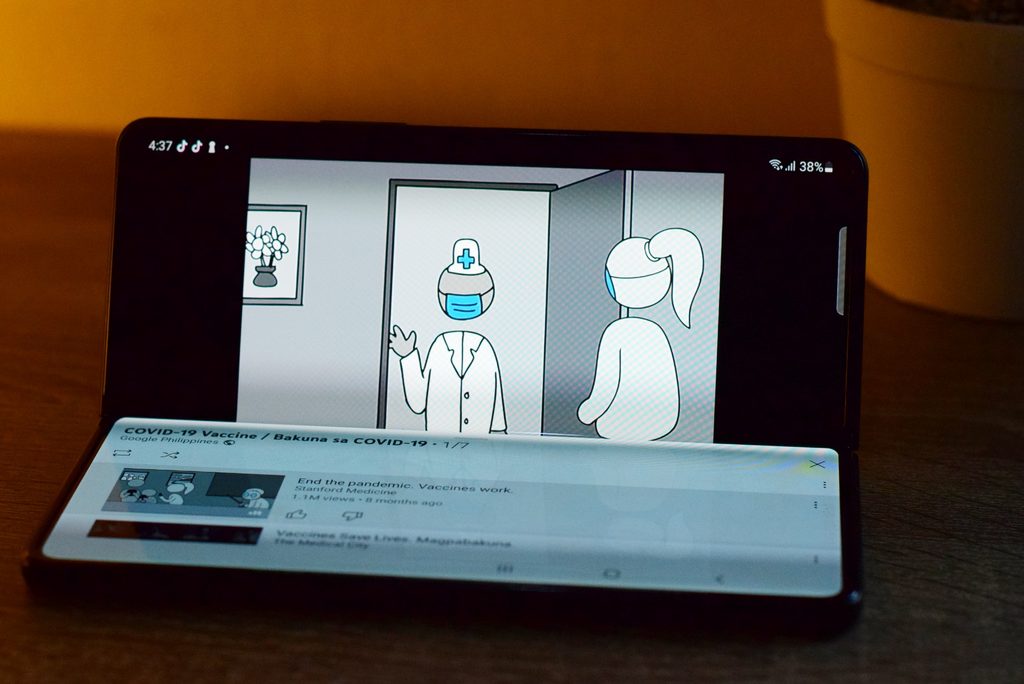
I also like how the Fold3 treats YouTube through its mini-laptop-like Flex mode. You can pop open the phone halfway through like a laptop, and YouTube will display the video on the upper half, allowing for hands-free viewing. I’m not sure how many apps support this though, as, for example, Netflix still only does full-screen viewing.
120Hz on the front display, lower price
Another key improvement is that the 6.2-inch front display now has a 120Hz refresh rate. The Fold3’s front display is the same size as the Fold2’s but the bump-up in refresh rate means that your eyes don’t have to adjust switching between the front screen and the main screen. In 2020, Fold2’s main screen already had a 120Hz refresh rate, and that carries over to the Fold3.
The Fold3, as we’ve said before, carried a big generational price cut. From the Fold2’s 109,990-peso price tag, the Fold3 is priced at P87,990. At the very least, foldables are showing some movement to become more palatable for the mass market. It’s still a niche device at P87,990 though. Traditional devices that have the power (but not the folding form) go for much lower now. If cameras and battery life are your priority, you also might be better off looking at a different flagship like the Apple iPhone 13 devices or maybe one of Samsung’s S flagships.
But if you’d love to have basically the world’s most portable tablet – with key durability improvements (so far, no real durability problems have been reported online since its release) – welp, what other real choice is currently out there? – Rappler.com
Check out more at Samsung’s Lazada store! Save on your next purchase using these promo codes.
Add a comment
How does this make you feel?
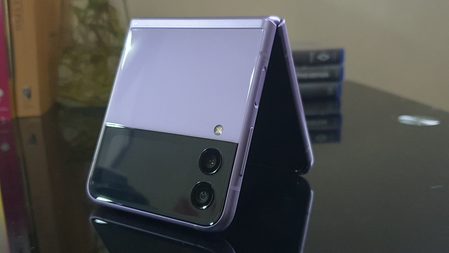
There are no comments yet. Add your comment to start the conversation.